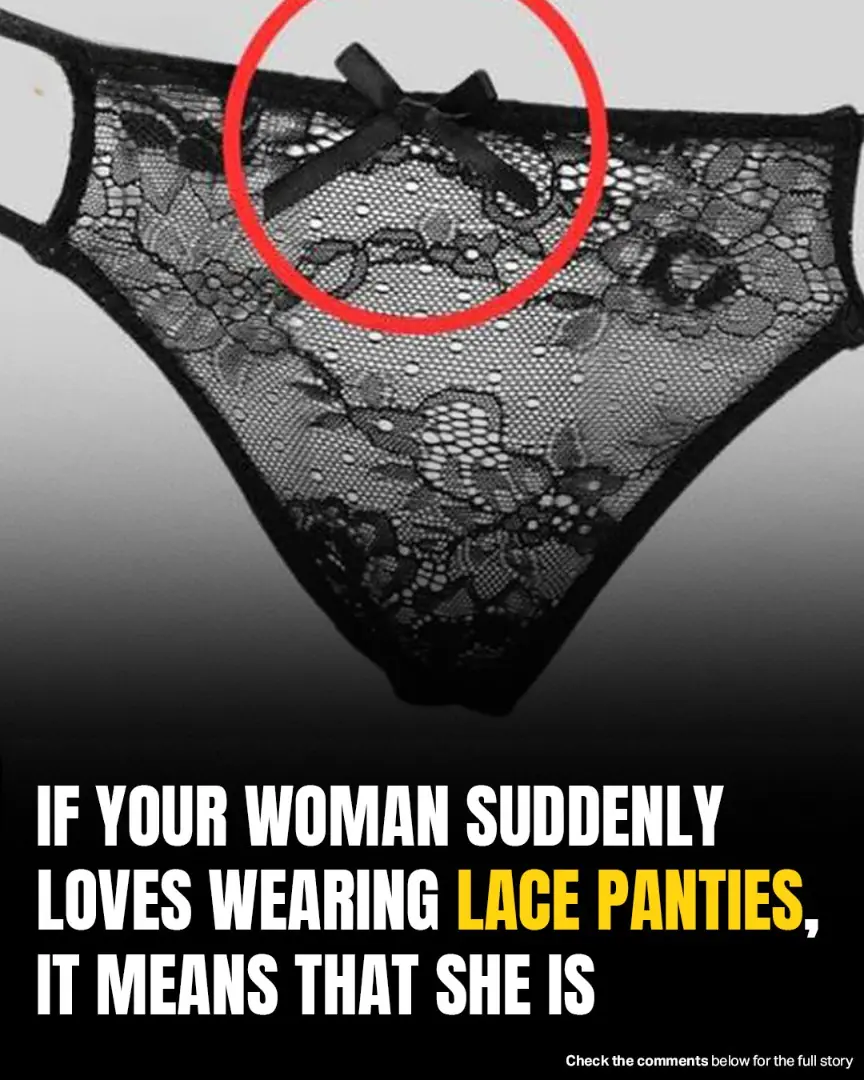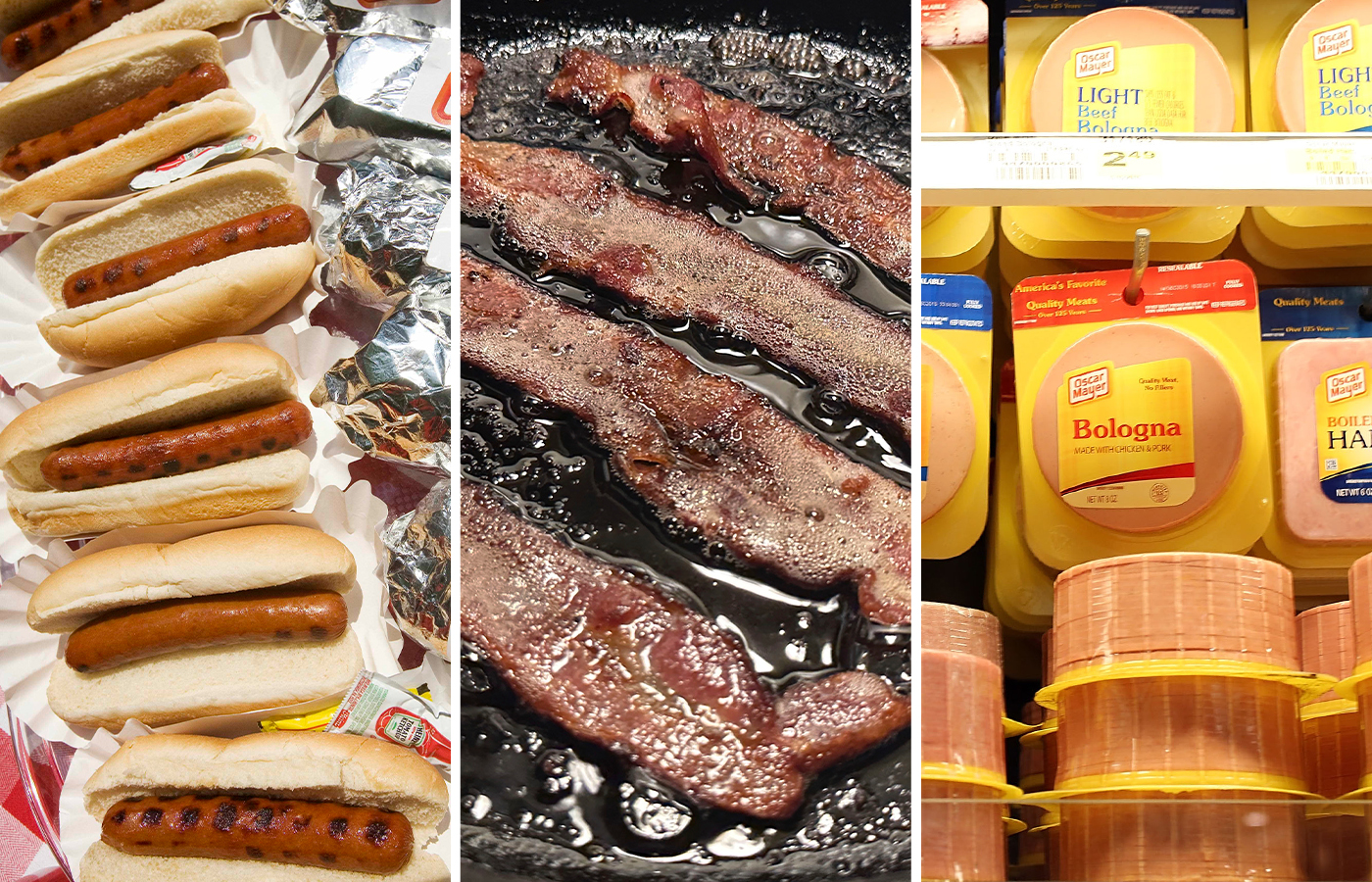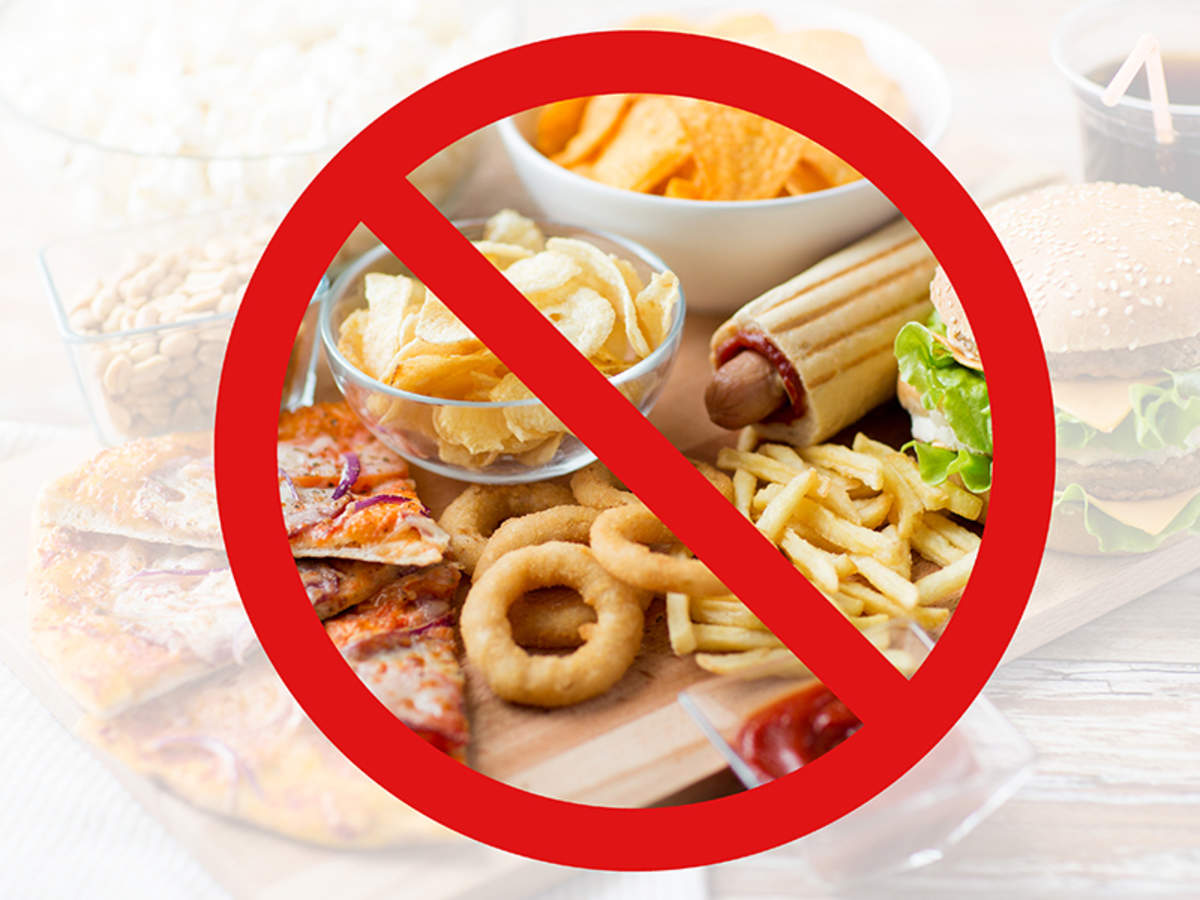
The Unsettling Truth About Hot Dogs and Processed Meats
The Unsettling Truth About Hot Dogs and Processed Meats
The word "cancer" evokes fear in us all, as most of us know someone affected by it. With over a million new cancer diagnoses in the United States each year, according to the American Cancer Society, understanding potential risk factors, including diet, is crucial. Scientific studies suggest that certain foods, such as hot dogs, bacon, potato chips, and even sugar, could potentially increase cancer risk. Processed meats, like hot dogs, may also contain harmful ingredients such as nitrites, MSG, and mechanically separated meat (MSM).
Notably, the World Health Organization (WHO) has ranked processed meats, including bacon and hot dogs, alongside cigarettes as a major cause of cancer. It's important to remember that cancer has many causes, and diet is just one factor, alongside genetics, lifestyle choices (like smoking and physical activity), inflammation, and environmental exposures to chemicals and radiation.
Eating Processed Meat is Linked to Cancer, Diabetes, and Heart Disease (Overview)
In 2015, the World Health Organization (WHO) formally classified processed meat as a carcinogen to humans. This classification indicates strong scientific evidence linking its consumption to cancer, particularly colon cancer, and potentially other forms. The WHO's decision to rank processed meats alongside cigarettes as a major cause of cancer highlights the strength of the scientific evidence, though it doesn't imply they are equally dangerous in magnitude.
Furthermore, a systematic review of studies published in the medical journal Circulation connected processed meats to a higher risk of heart disease and diabetes. Understanding these risks can help you make informed choices about what foods to prioritize and what to limit in your diet.
Foods and Additives That May Increase Cancer Risk:
1. High Intakes of Red Meat, Processed Meat (Such as Hot Dogs, Bacon), or Charred Food
Studies have consistently shown that bowel and stomach cancers are more common in individuals who consume large amounts of red and processed meat. Red meat includes all fresh, minced, and frozen beef, pork, lamb, or veal. Processed meats, which are preserved by methods other than freezing (e.g., bacon, ham, salami, sausages, corned beef, black pudding, pâté, and tinned meat), also pose a cancer risk.
When you eat processed meats, you're almost certainly consuming sodium nitrite or sodium nitrate, additives used to preserve color and extend shelf life. Unfortunately, these compounds can convert into nitrosamines, which are known to cause cancer in laboratory rats (though the direct link in humans is still under investigation). Hot dogs, bacon, and similar items may also be preserved through smoking or salting, which can further increase exposure to potentially carcinogenic chemicals.
Additionally, charred food creates chemicals that can damage our cells, increasing their likelihood of becoming cancerous. Therefore, your cooking method significantly impacts the cancer risk of meat. Well-done and char-grilled meats with slightly burnt exteriors are among the worst in terms of increased cancer risk.
Why Hot Dogs Might Be the Most Dangerous Food of All Time
Hot dogs are a cultural staple, with billions consumed annually. Introduced by German immigrants in the 19th century, they quickly gained iconic status. However, a closer look at their ingredients and manufacturing process reveals significant health concerns.
Hot Dogs are a Health Hazard: Frankfurters are highly processed and nutritionally empty. Their production is largely automated, with factories churning out an astonishing 300,000 hot dogs per hour. Traditionally, hot dogs are made from a mixture of pork, beef, and chicken, often utilizing leftovers from steak or pork chop cuts and "edible" slaughter by-products like fatty tissue, skins, animal feet, and heads. These trimmings are ground into a thick paste.
To enhance flavor, a plethora of additives are included: excessive salt, corn syrup, monosodium glutamate (MSG), nitrates, and other chemicals. Flavorings vary by region, and the U.S. Department of Agriculture (USDA) does not require manufacturers to list all flavorings on labels. This can include MSG and carmine, a red dye derived from beetle shells boiled in ammonia or sodium carbonate.
Hot Dogs Can Cause Cancer: Nitrates and nitrites are critical problematic additives in hot dogs. When subjected to high heat, they combine with amines in processed meat to form nitrosamines. These nitrosamines have been strongly linked to various cancers, particularly colon, bladder, stomach, and pancreas cancer.
According to the American Institute for Cancer Research, consuming just one hot dog a day increases your risk for colorectal cancer by 21%. Even organic hot dogs can contain nitrites, sometimes in higher amounts than conventional ones. A study by the University of Hawaii also linked processed meats in general to a 67% increased risk of pancreatic cancer.
Hot Dogs Contain Questionable Ingredients (Such as MSM): Hot dogs may also contain mechanically separated meat (MSM). The USDA defines MSM as meat separated from bone by pushing it under high pressure through a sieve-like device. The United States banned mechanically separated beef in 2004 due to its association with mad cow disease (Bovine Spongiform Encephalopathy). However, the USDA permits mechanically separated pork, provided it is labeled as "mechanically separated pork" in the ingredients list and constitutes no more than 20% of the hot dog's content.
2. Questionable Additives in Processed Foods
Many different substances are added to commercially prepared foods, including artificial colors, chemical flavors, excessive salt, sugar, or artificial sweeteners. Researchers continually investigate these additives for potential health risks. Some additives are suspected to pose a cancer risk. For instance, heavily salted, smoked, and pickled foods may increase the risk of stomach cancer. This could explain the historically high rate of stomach cancer in Japan, where such foods are popular. An epidemiological study in the American Journal of Clinical Nutrition (June 2010) found that a diet high in salt can increase stomach cancer risk by 10%.
Artificial food coloring also presents numerous health concerns. While research on artificial food coloring and cancer is primarily limited to animal studies, some experts believe these dyes are toxic enough to potentially cause cancer in humans.
3. Sugar
The role of sugar in the formation, growth, and metastasis of cancer cells has been a debated topic. Some sources suggest that sugar "feeds" cancer, implying that high sugar intake accelerates cancer growth. Opponents argue that this leads cancer patients to avoid essential nutrient-rich foods like fruits. They claim there's no conclusive human research proving that sugar directly speeds up cancer cell growth.
According to Mayo Clinic, sugar doesn't make cancer grow faster, as all cells, including cancer cells, depend on glucose for energy. Providing more sugar doesn't necessarily speed their growth, nor does depriving them of sugar necessarily slow it.
However, the link between sugar and cancer is often indirect: consuming large amounts of sugary foods is more likely to lead to weight gain, overweight, or obesity. Research shows that being overweight or obese significantly increases your cancer risk. This is because obesity can cause changes in hormone levels or insulin sensitivity, which may increase the risk of developing breast, colon, or uterine cancer. Therefore, limiting dietary sugar is crucial.
Sugar is found not only in obvious foods like cookies, cakes, sodas, and sweets but also in unexpected places like pasta sauce, salad dressing, and canned vegetables. When reading food labels, look for sugar listed as an early ingredient and be aware of hidden sugar names: fructose, lactose, sucrose, maltose, glucose, and dextrose. Natural sugars like molasses, honey, and maple syrup contain beneficial antioxidants but should still be consumed in moderation.
4. Fried Food, French Fries, Potato Chips, and Snack Food
Acrylamide: The most well-known dangerous substance found in chips and fried foods is acrylamide. French fries, potato chips, and other snacks can contain high levels of this carcinogenic substance, which forms when foods are heated to high temperatures (above ), such as during baking, roasting, toasting, or frying. Cooking methods like boiling, steaming, and microwaving are less likely to produce acrylamide. Longer cooking times and higher temperatures increase acrylamide levels.
Interestingly, baked chip varieties, often perceived as healthier, can sometimes contain even higher levels of acrylamide—up to three times more than regular fried chips. The deemed safe level of acrylamide in drinking water is very low (0.12 micrograms per 8-ounce glass, or 0.5 parts per billion (ppb)). However, FDA tests have revealed surprisingly high levels in common food products.
Despite industry efforts, completely eliminating acrylamide is challenging. The EU project HEATOX (Heat-Generated Food Toxicants) concluded that acrylamide levels can be reduced by a maximum of 40% using all known methods. HEATOX scientists also identified over 800 heat-induced compounds, 52 of which are potential carcinogens. Other dangerous substances created during high-temperature cooking include:
-
Heterocyclic Amines (HCAs): Found in charred meat.
-
Polycyclic Aromatic Hydrocarbons (PAHs): Form in excess smoke when fat drips onto a heat source during cooking.
-
Advanced Glycation End Products (AGEs): Found in cooked, pasteurized, and sterilized foods; they contribute to oxidative stress in the body.
While prolonged exposure to acrylamide has caused tumors in animal studies, most human studies haven't found a definitive link between acrylamide and various cancers. However, due to the animal studies, many consider it a potential human carcinogen. The FDA and other public health groups generally advise following healthy eating guidelines, including limiting fried and fatty foods, if you're concerned.
Trans Fats: Another component found in these types of foods that may increase cancer risk is trans fats (or trans fatty acids). These are formed when liquid oils are converted into solid fats through hydrogenation. Trans fats are prevalent in many processed foods, including vegetable shortening, margarine, crackers, cereals, candies, baked goods, cookies, granola bars, chips, snack foods, salad dressings, and fried foods.
Beyond increasing the risk of cardiovascular disease and type 2 diabetes, a high intake of trans-fatty acids may have a direct association with prostate cancer in men. Chronic inflammation plays a significant role in prostate cancer development, and the link between trans fats and chronic inflammation might explain this association. However, further studies and clinical trials are needed to confirm this.
5. Excess Alcohol
There is a strong scientific consensus linking alcohol consumption to several types of cancer. The more alcohol a person drinks regularly over time, the higher their risk of developing an alcohol-associated cancer. According to Cancer Research UK and the American Cancer Society, alcohol can increase the risk of cancers of the mouth, liver, breast, bowel, and throat.
While some studies have highlighted potential anti-cancer properties of certain substances in red wine, such as resveratrol, moderation remains key. As part of its guidelines for cancer prevention, the American Cancer Society recommends that individuals who consume alcohol limit their intake to no more than 2 drinks per day for men and 1 drink per day for women.
Key Takeaway:
Understanding the potential risks associated with processed meats, certain additives, excessive sugar, and highly processed fried foods can empower you to make more informed dietary choices for your long-term health. Prioritizing whole, unprocessed foods is a powerful step towards reducing your cancer risk.
Do you actively try to limit any of these foods in your diet, and if so, what are your strategies?
News in the same category


Unlock Your Glow: The Science-Backed Vitamins and Foods for Radiant Hair, Skin, and Nails
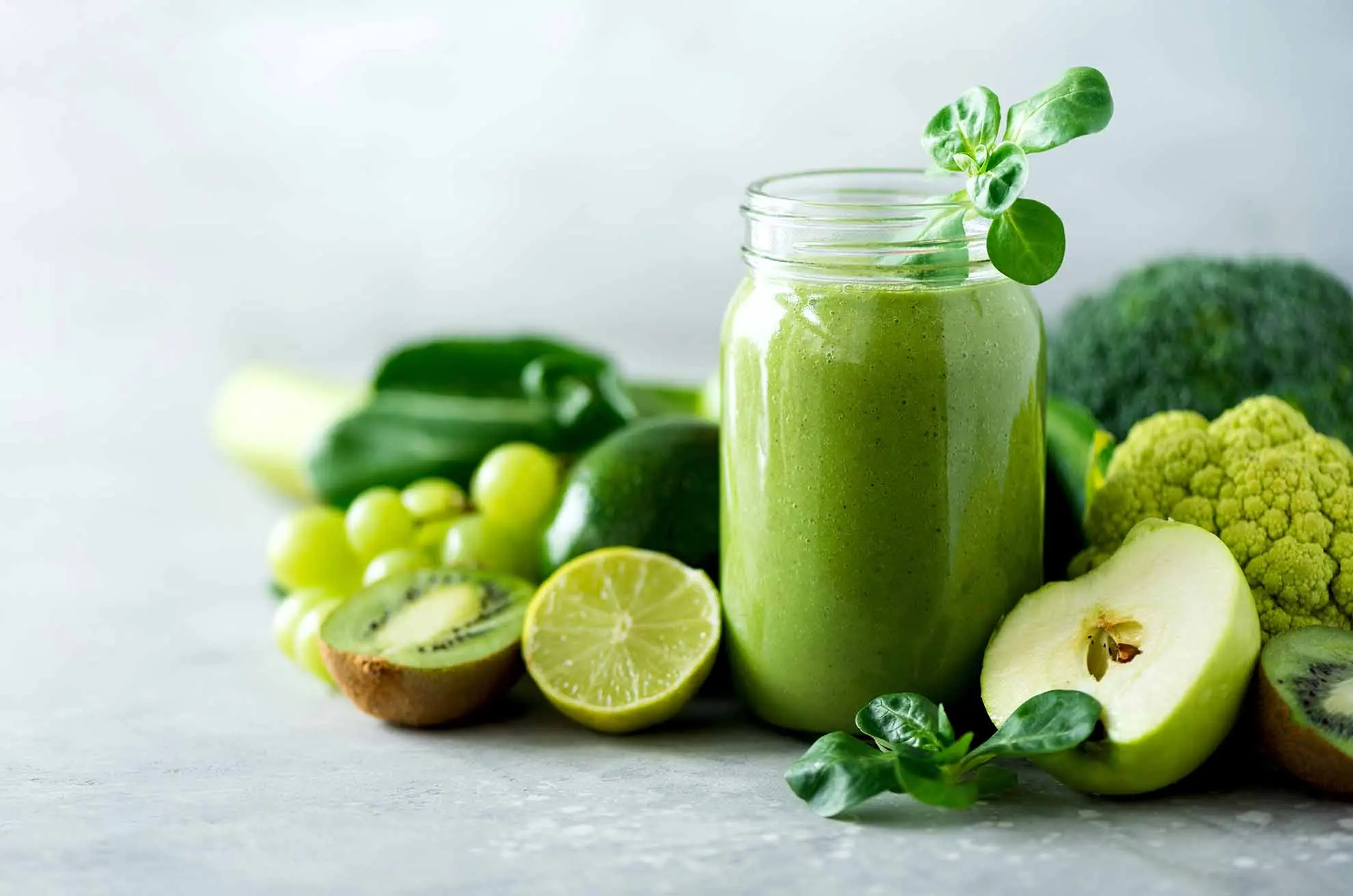
10 Simple Ways to Help Your Body Detoxify and Cleanse Itself

Woman Mistakes Deadly Illness For Perimenopause—Dies Suddenly
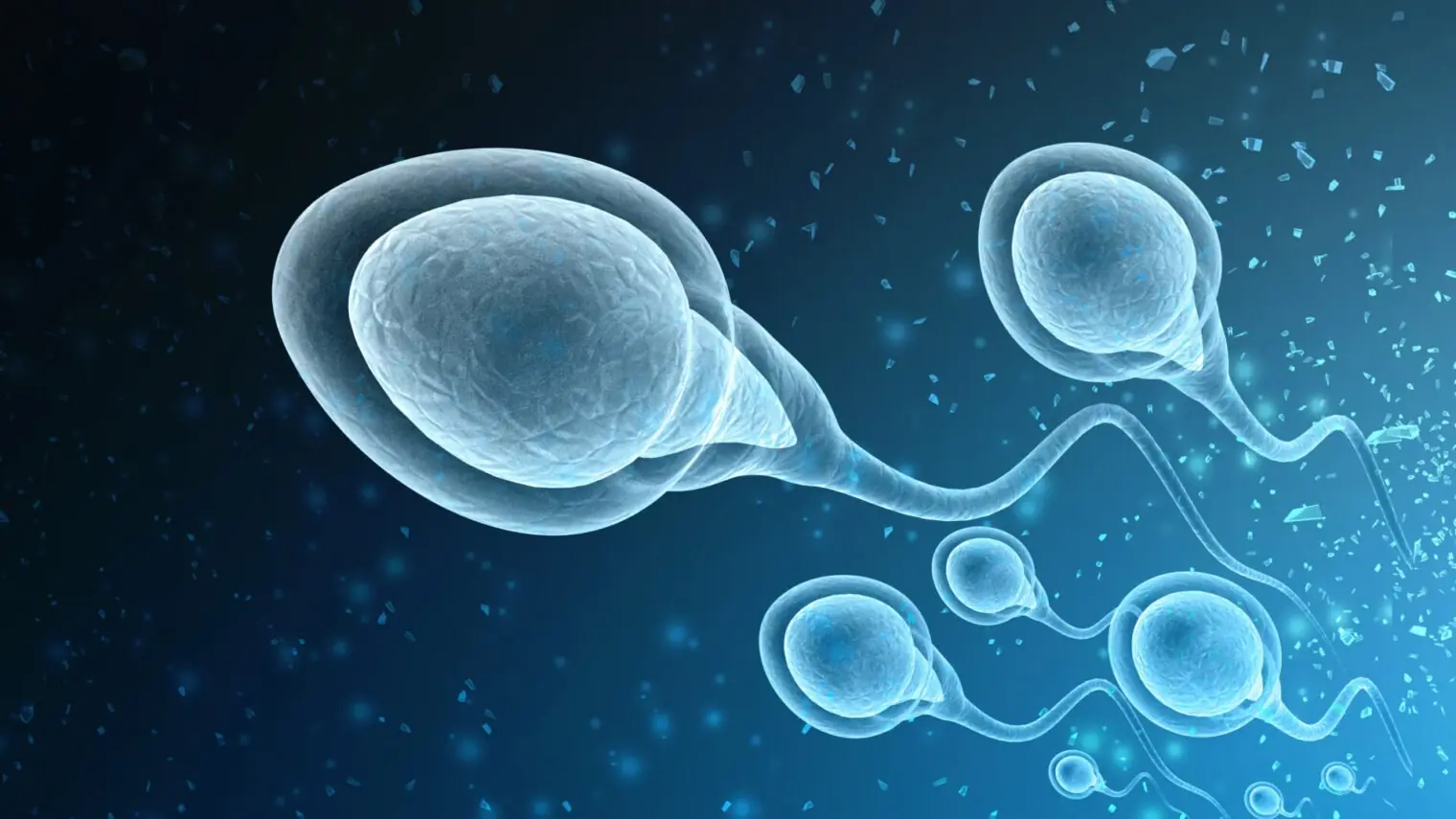
ScienceScientists Found The Hidden Factor Behind the Global Infertility Crisis, And It’s Terrifying
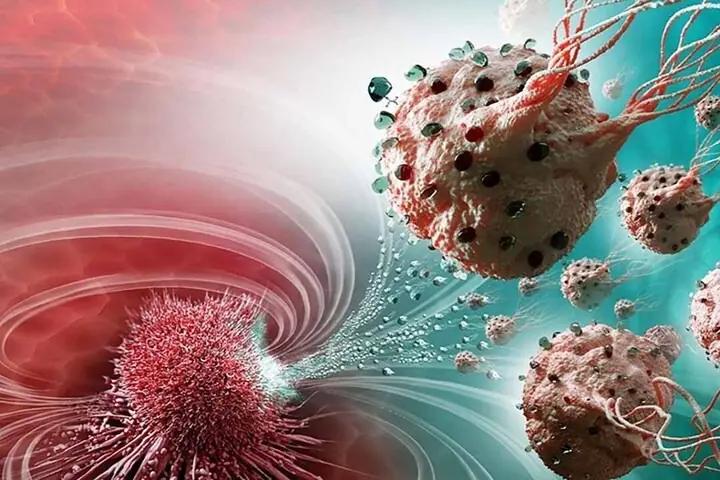
Chilling Simulation Shows How Cancer Takes Over The Body—Viewers Horrified
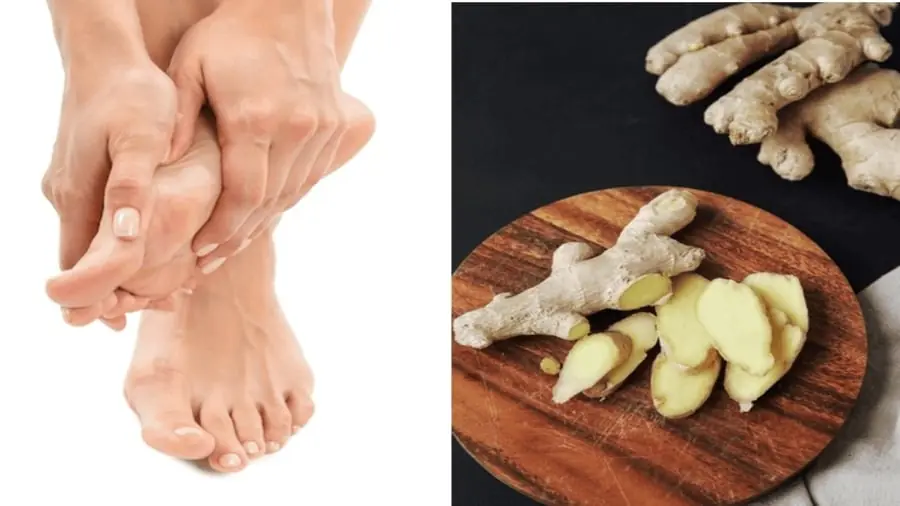
Rubbing Ginger on the Soles of Your Feet Before Bed: Discover the ‘Miraculous’ Health Benefits
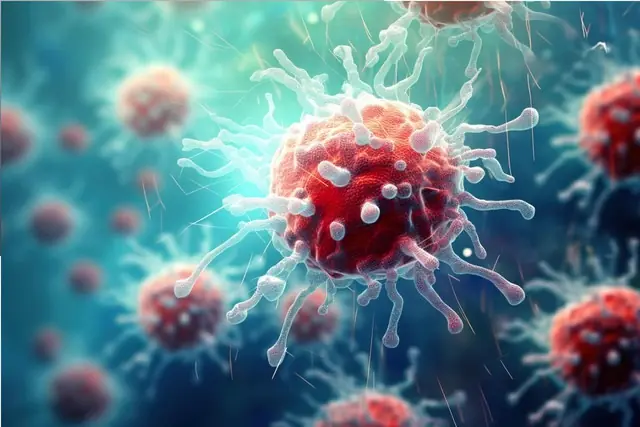
5 Common Recurring Illnesses That May Be Warning Signs of Cancer
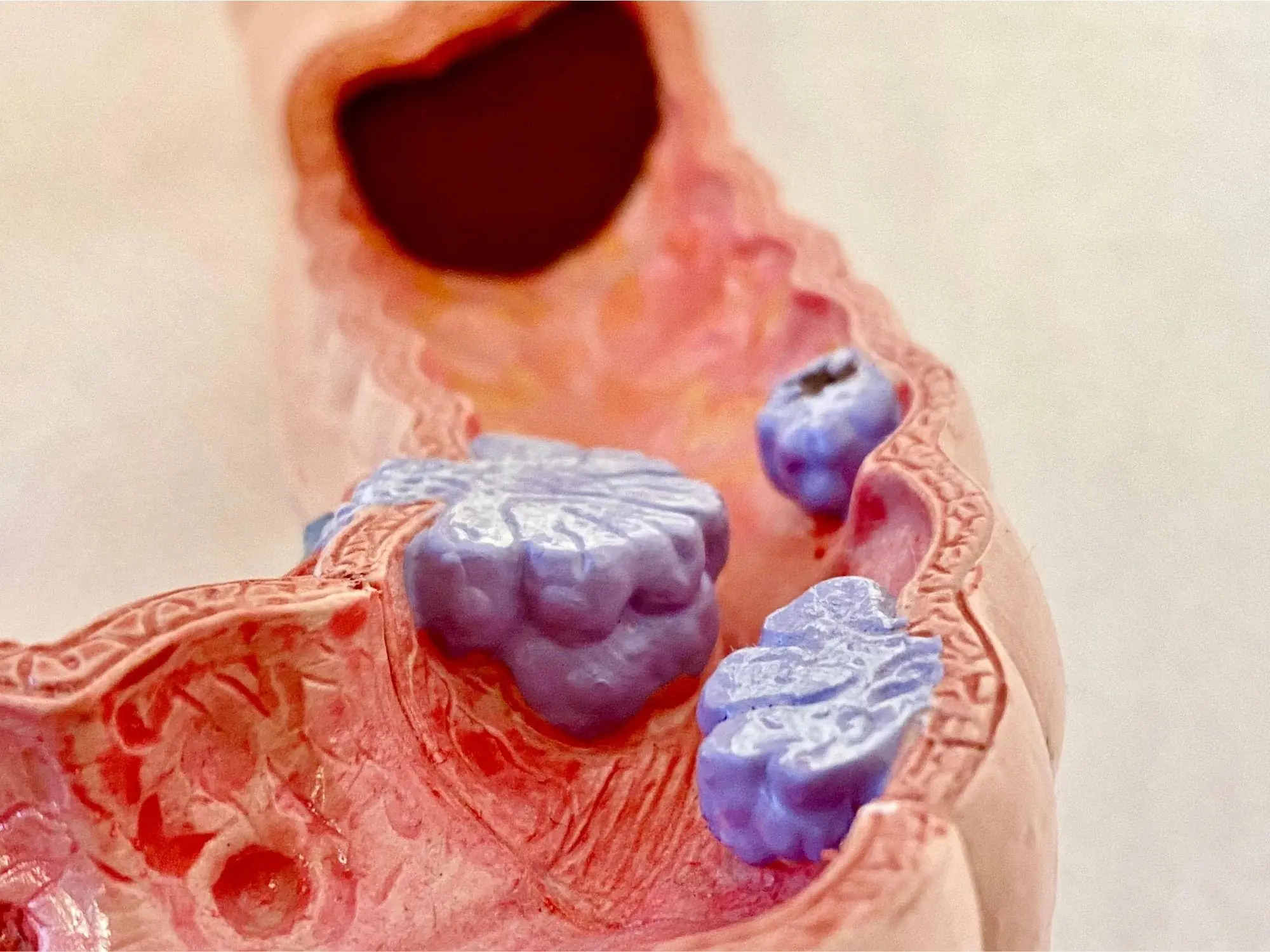
Stage 3 Colon Cancer Discovered Through a Symptom That Occurred 10 Times a Day

Mold Illness: What It Is and Hidden Signs You Have It
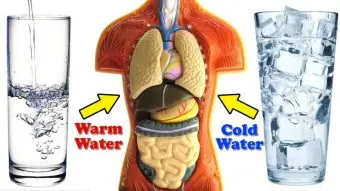
Cold Water vs. Warm Water: Which is Better For Your Health?

How to Get Rid of Bad Breath (Halitosis): Scientifically Proven Home Remedies

Do You Sleep With Your Cat? You Could Be At Risk For This Silent, Deadly Disease
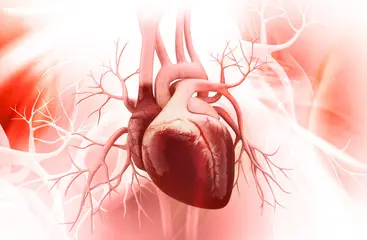
10 Habits That Harm Your Heart That You Probably Didn’t Know About
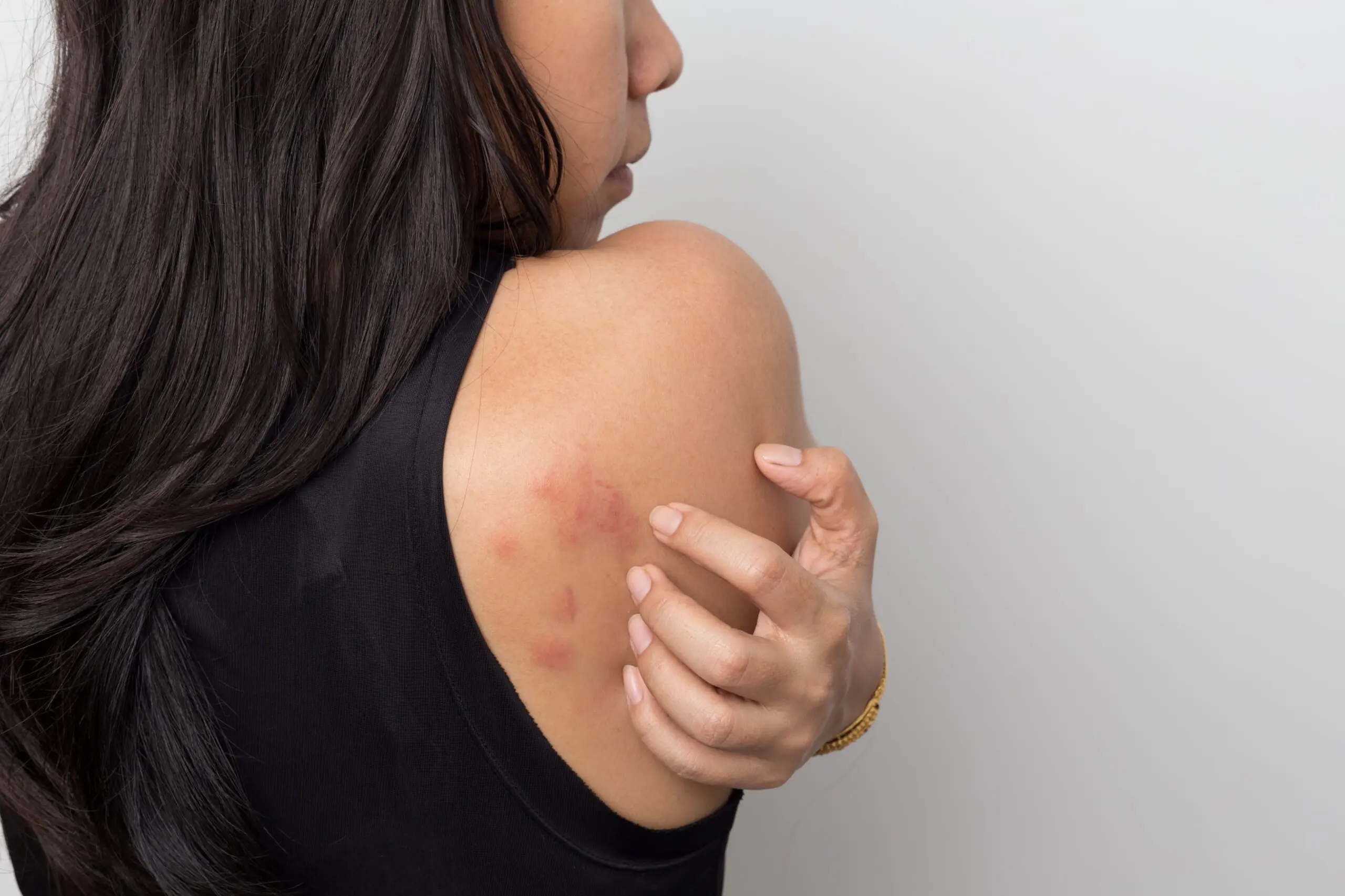
15 Common Cancer Symptoms You Shouldn’t Ignore
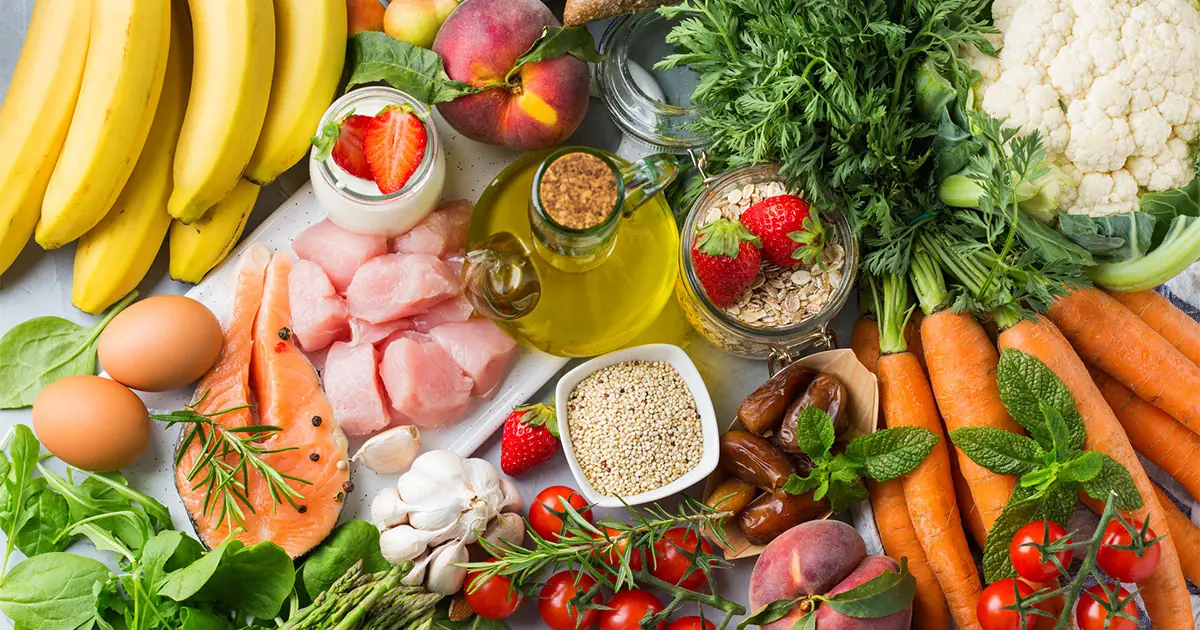
The Anti-Cancer Diet: Evidence-Based Cancer-Fighting Foods for Prevention
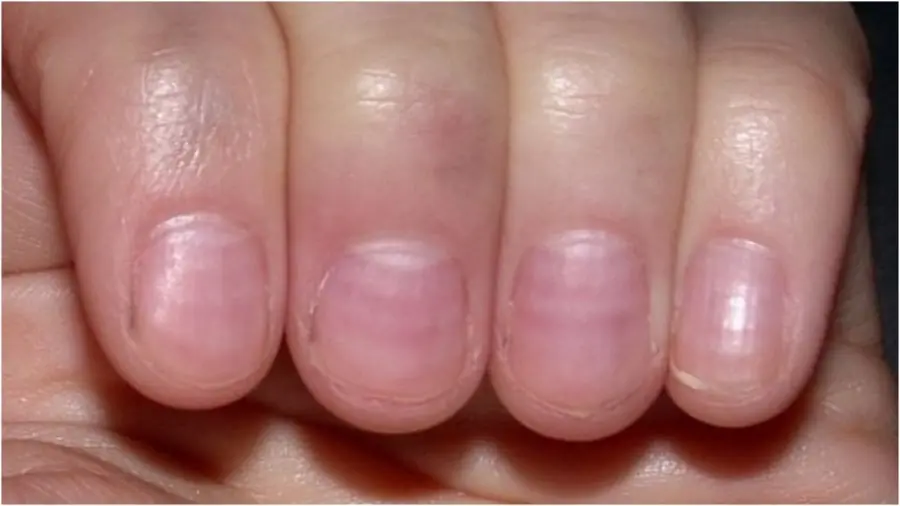
If Your Nails Show These Signs, Get Checked Immediately
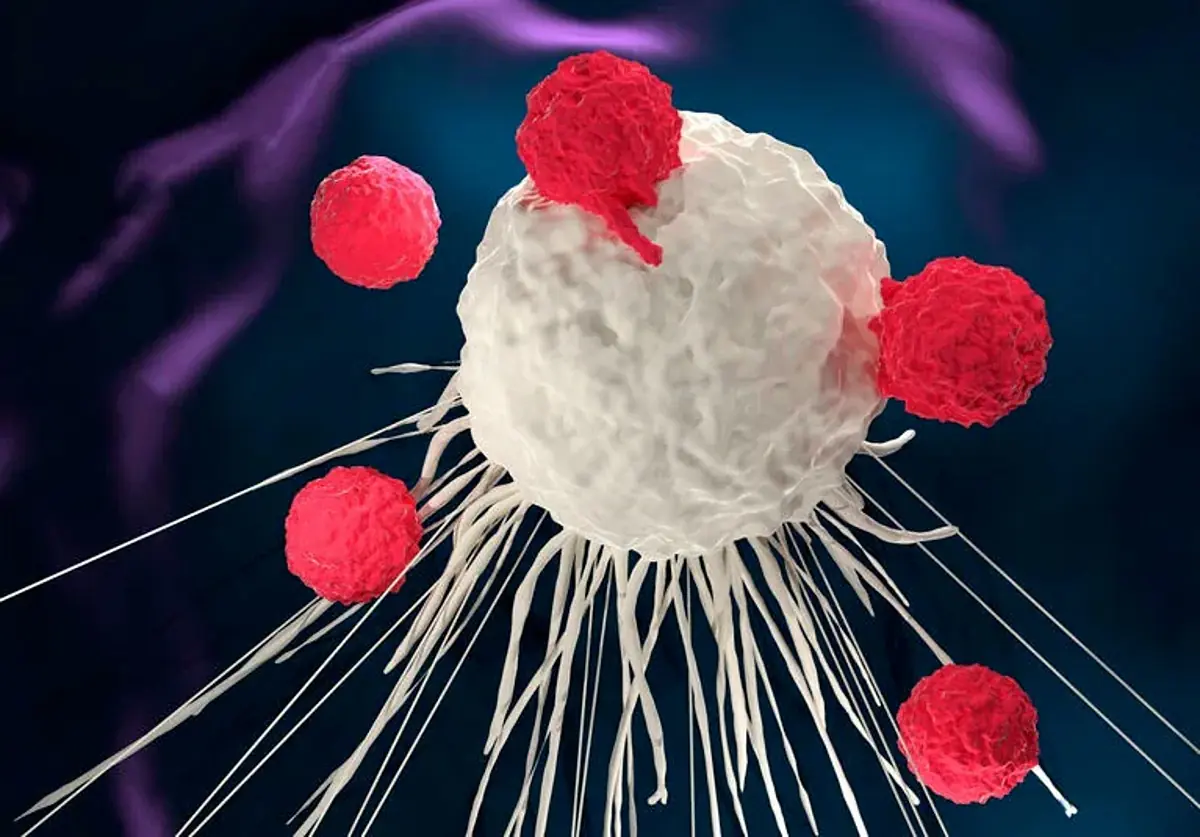
How Long a Person Can Live: You Can Tell Just by Looking at These 4 Key Areas
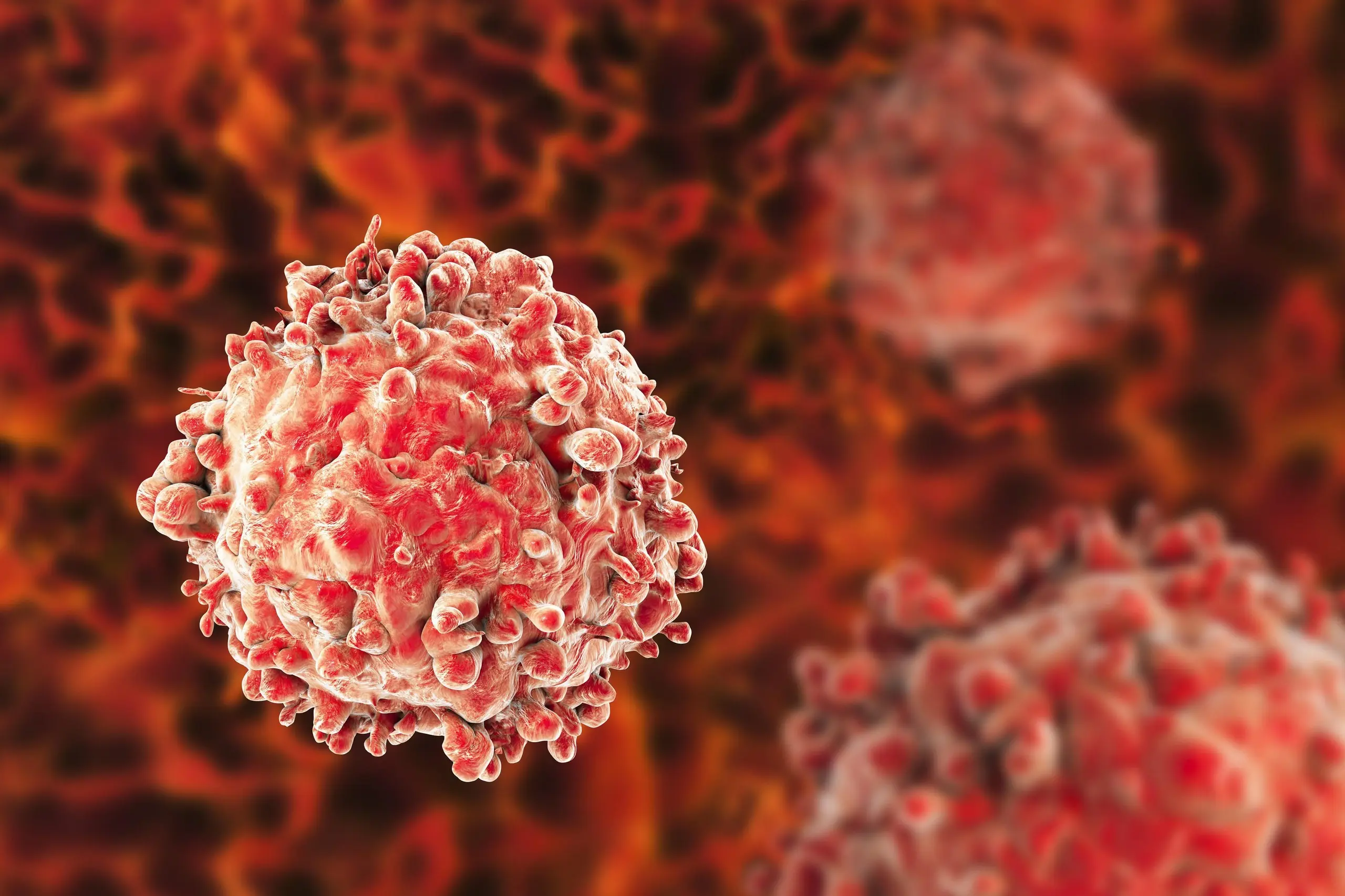
A Newly Discovered Drink That Fights Cancer: It's Not Tea or Coffee
News Post

Caught My Husband and His Heavily Pregnant Ex at a Clinic: What He Whispered Made My Heart Stop!
When I overheard my husband whispering to his ex-wife in that clinic waiting room, my world seemed to collapse. "She can't find out," he murmured, and I was certain I understood the awful secret they were keeping.

Doctors couldn’t believe what they saw during the ultrasound

THE SON AND HIS WIFE FORCED AN OLD MAN OUT OF HIS OWN HOME—UNTIL A DOG LED HIM TO A NEW BEGINNING
After being k!cked out by his own son, Wilson, a widowed father, finds an unexpected warmth in the company of a stray dog and a compassionate woman.

The Cop Who Put My Brother in Ja il Now Wants Redemption – What He Told Me Changed Everything
A cop's unexpected confession changes everything for a woman whose brother went to pr!son because of his testimony. Discover how forgiveness, second chances, and an open heart can heal the past and bring hope for the future.

Families Demand Answers After Pilot’s Personal Struggles Come To Light

Unlock Your Glow: The Science-Backed Vitamins and Foods for Radiant Hair, Skin, and Nails

10 Simple Ways to Help Your Body Detoxify and Cleanse Itself

Two Psychics, One Message: Catastrophic War In Europe Predicted By 2025

Woman Mistakes Deadly Illness For Perimenopause—Dies Suddenly

ScienceScientists Found The Hidden Factor Behind the Global Infertility Crisis, And It’s Terrifying

Chilling Simulation Shows How Cancer Takes Over The Body—Viewers Horrified

July 20th Moon Eclipses The Seven Sisters – Once In A Lifetime Event You Dont Want To Miss

4 Things You Should Never Say At A Funeral — No Matter What

This Military Sleep Method Helps You Fall Asleep In Less Than Two Minutes
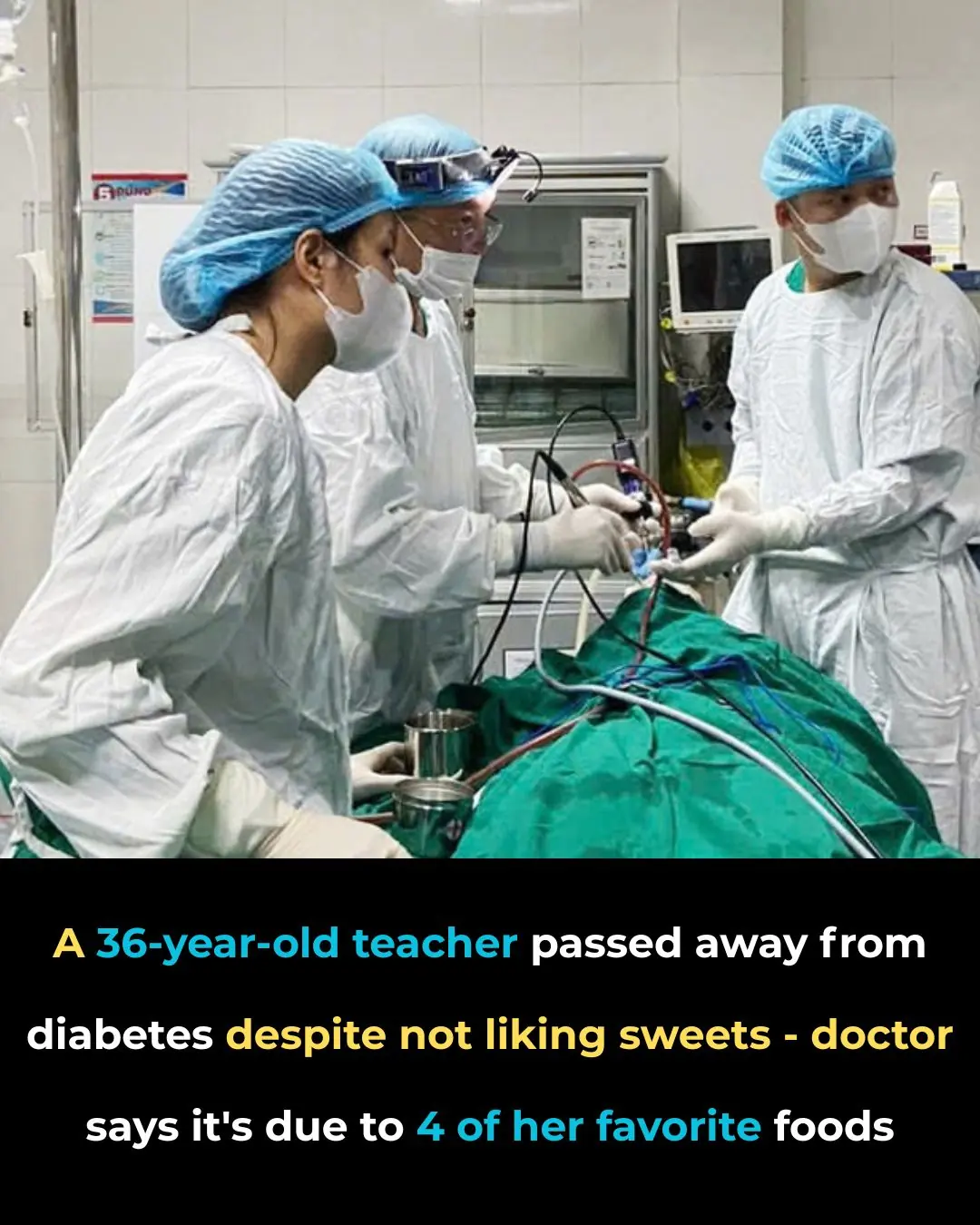
36-Year-Old Teacher Dies From Diabetes Doctors Say Was Triggered By Everyday Foods

Hotel Warning: 3 Disturbing Signs You Should Never Ignore

Betrayed and Rejected: My Husband Chose His Lover Over Our Family – But I Chose Stability for Our Children
After a devastating betrayal, a wife faces the h@rsh reality of her husband’s decision to keep their children post-divorce. How did she choose to protect her kids while healing from the pa!n of betrayal?

When My Relatives Took Over My Home, I Had to Say No — And It Changed Everything
When Natty's aunt and cousins imposed themselves on her new country house, Natty reached her breaking point. After months of emotional strain, she found the strength to stand up for herself, reclaiming her space and her peace.
